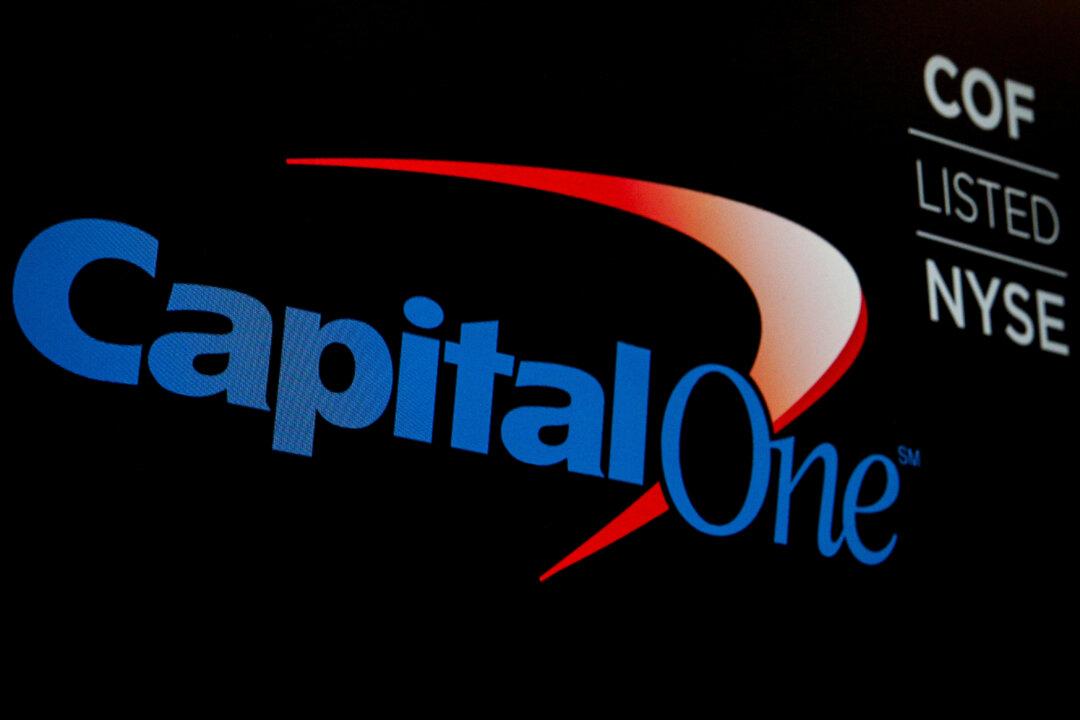The trend of rising gas prices is expected to continue over the coming months due to Spring Break and the transition to a higher-grade summer gasoline blend, with experts predicting prices to move closer to $4 per gallon in May.
“With milder temperatures come more road trips, and this time of year tends to be a precursor to the summer driving season.” Majority of colleges in the United States are expected to observe Spring Break between March 11 and April 1.
AAA data show that the highest price for regular unleaded gasoline was $5.01 per gallon registered in June 2022. In its fuel outlook for this year, GasBuddy projected gasoline prices to peak in May, potentially hitting $3.89 per gallon.
Prices are also rising due to an annual switch toward a higher-grade gasoline blend. The U.S. Environmental Protection Agency (EPA) classifies the period between April and June as the “transition season” for fuel production.
The gasoline blend used in the summer is different from that of the winter. Summer blends are also more expensive to produce due to the longer production process as well as a lower overall yield of gasoline per barrel of oil.
The National Association of Convenience Stores (NACS) estimates that these factors add an extra $0.15 per gallon in costs to producing the fuels during the March–April period.
“Since 2000, gasoline prices have increased about $0.50 from the seasonal low at the beginning of February to the seasonal high in mid-May,” NACS said in a Feb. 28 post.
In a March 4 post, Patrick De Haan, head of petroleum analysis at GasBuddy, said that the majority of America’s 50 states have seen gasoline prices rise, with the national average registering the second consecutive weekly gain.
This is “hardly surprising for this time of year, and will likely continue as the entire nation has now made the first step toward summer gasoline,” he said.
“The pinch at the pump has been manageable for now, with prices about $0.30 higher than mid-January, but that will likely change as we enter the madness we tend to see in March with refinery maintenance hitting its peak, impacting how much gasoline can be produced as we make the changeover to the summer blends. This always crimps supply, leading to further gas price increase.”
According to the latest data from the U.S. Energy Information Administration (EIA), total gasoline stocks fell to 244.2 million barrels for the week ending Feb. 23, down from 247 million barrels the previous week.
Oil Price Risks
Gasoline prices are also getting support from the turmoil in the Middle East. The Iran-backed Houthi militia in Yemen has been attacking vessels passing through the Red Sea region in response to Israel’s war in Gaza.Meanwhile, OPEC+ members, including Saudi Arabia and Russia, agreed on Sunday to extend their ongoing voluntary production cuts into the second quarter in a bid to support oil prices.
Saudi Arabia will continue with an output reduction of one million barrels per day, with Russia reducing its output and exports by an extra 471,000 barrels per day for the second quarter.
“There was a surprise from Russia,” said UBS analyst Giovanni Staunovo, according to Reuters. “If the Russian cuts are fully implemented, additional barrels would be removed from the market. So that is a surprise move no one expected and could lift prices.”
An analyst from investment bank Jeffries said in a report that the decision “sends a message of cohesion and confirms that the group is not in a hurry to return supply volumes, supporting the view that when this finally happens, it will be gradual.”
In a recent blog post, investment management company PIMCO said that the uncertain trajectory of OPEC+ decisions and regional conflict “suggest a choppy road ahead” for the oil market. It pointed to Iran’s ability to disrupt the Strait of Hormuz as a risk.
“As seen in the Red Sea, land-based drones and missiles can wreak havoc and be difficult to stop. In the first half of 2023, the Strait of Hormuz was a conduit for about 20 percent of global oil and natural gas supplies, the U.S. Energy Information Administration estimated in December,” PIMCO stated.
“Beyond the east-west pipelines in Saudi Arabia, there is limited ability to reroute supplies should events get out of hand. The nature and duration of any supply disruption would impact the ultimate price rise, but oil traders would quickly react to any perceived risks and a spike of $20/bbl would not be unreasonable.”







